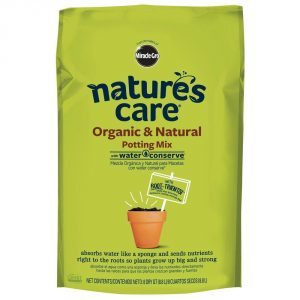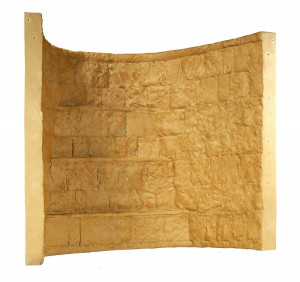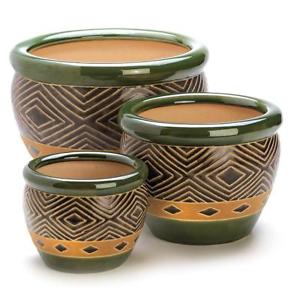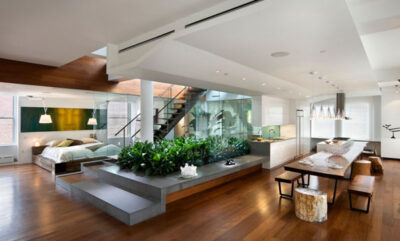4 Tips for Making an Indoor Garden
Many homeowners are surprised to learn that their house is not just a place for a lot of potted plants, but can also be the site of a real indoor garden. Here are some things to consider before you start!
The best way to plan for an indoor garden is to incorporate it into the plans for the house before it is even built. Installing a true indoor garden after the house is built is a complex job and can be expensive. But all investments have some kind of payoff and we can help you decide which ones to do!
The True Indoor Garden
If the homeowner wants an indoor garden, the house plan leaves a hole or section of the first-floor plan open. Concrete blocks are set beneath it to support the garden walls, and confine the area where the plants will be placed. The homeowner should consult with their architect or general contractor for this.
When the garden is set up, the plants will drain into the ground, but there should still be a layer of drainage gravel at least a foot beneath the soil. This helps with drainage and prevents the roots of the plant from growing into the ground. The soil itself should be sterilized, high-quality planting soil that is suitable for the kinds of plants the homeowner wants to grow. This would mean a rich loam for foliage plants and sandier soil for cacti and other succulents.

Basement Window Wells
An indoor garden can be thought of as a sunken bathtub, which is why basement window wells can be just the thing for it. The basement window well is a type of well that shields the basement window from precipitation as the well is connected to a drainpipe. Depending on what part of the house it is in, the well can get a surprisingly good amount of sunlight. However, even shade loving plants such as hostas can be grown in a window well that has a northern exposure.

Make-Believe Indoor Garden
The simplest and least expensive indoor garden is a collection of potted plants arranged in a make-believe forest or desert in the home. The homeowner or the contractor protects the floor with water-tight metal trays that are filled with pebbles, wood chips, sand or gravel. A carpenter can also be called upon to build a large wooden tray, line it with heavy plastic, and add pebbles for drainage. However, all the plants will have to stay in their pots. But even this sort of indoor garden needs to be planned, and the homeowner shouldn’t hesitate to call in a landscape designer even in this case for a beautiful, healthy and long-lasting “garden.”

Enclosed vs. Sunken Garden
If the homeowner does not have the wherewithal for a true sunken garden, they can opt of an enclosed garden. Though even an enclosed garden is best planned before the home is built, it can be installed during a renovation of a room. In the simplest enclosed garden, a portion of the yard right outside the house is roofed over and enclosed in glass. This type of garden is best installed in warmer climates where the homeowner does not have to pay for months of central heating. Rocks and boulders can be added to these enclosed gardens to give them a more natural look.

(indoorgarden.jpg / Image Credits)
